Senegalese Dibi Stalls Grilling Rituals Explained
11 min read Explore the traditional grilling practices and cultural significance of Senegalese Dibi stalls in this vibrant culinary journey. September 01, 2025 18:05
The Allure of Senegalese Dibi: More Than Just Grilled Meat
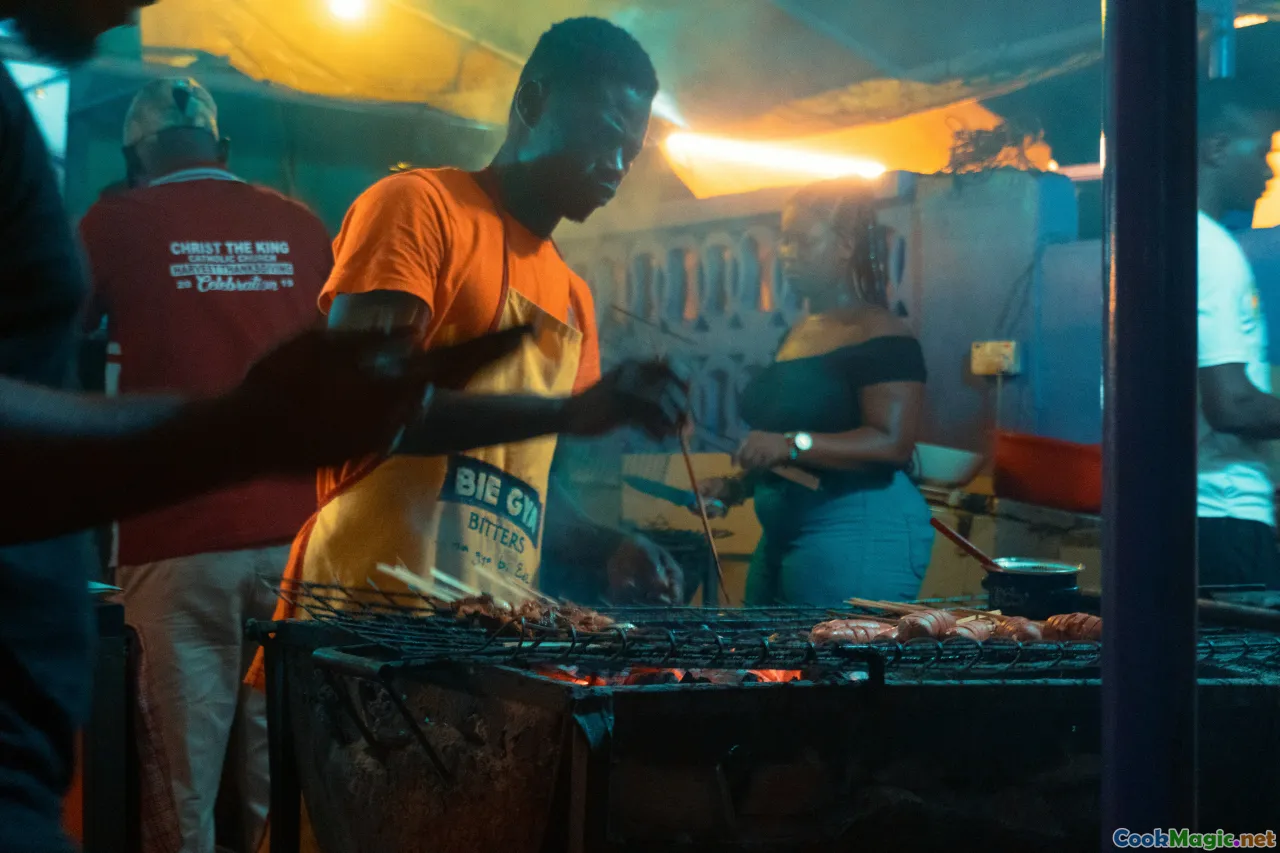
Savoring Dibi isn’t just about tasting a piece of meat; it’s a sensory voyage straight into the heart of Senegal’s bustling streets and rich culinary traditions. Picture the smoky aroma wafting through narrow alleyways, mingling with the scent of roasted peanuts and ripe mangoes from nearby stalls. The first bite offers a tender, juicy interior cloaked in a caramelized, crispy exterior carried by the irresistible aroma of charred spices. Dibi — often prepared with beef or mutton — is more than a dish; it’s a living ritual that embodies community, history, and resilience.
The Cultural Roots of Dibi Grilling Rituals

Dibi’s origins trace back centuries in Senegal’s vibrant griot traditions—storytellers and musicians who have acted as keepers of history and culture. Over time, local butchers became maestros of open-flame grilling, transforming simple cuts of meat into celebrated street foods. The rituals surrounding Dibi grilling are rich with symbolism and collective participation. In many neighborhoods, grilling Dibi is a communal affair, often performed at night, illuminated by flickering oil lamps and calls from vendors urging patrons to indulge. This communal aspect isn’t merely social; it’s rooted in the Senegalese value of 'teranga' — hospitality. The act of preparing and sharing Dibi melds culinary craftsmanship with cultural expressions of sharing and unity.
How Senegalese Dibi Is Prepared: Step-by-Step Insights
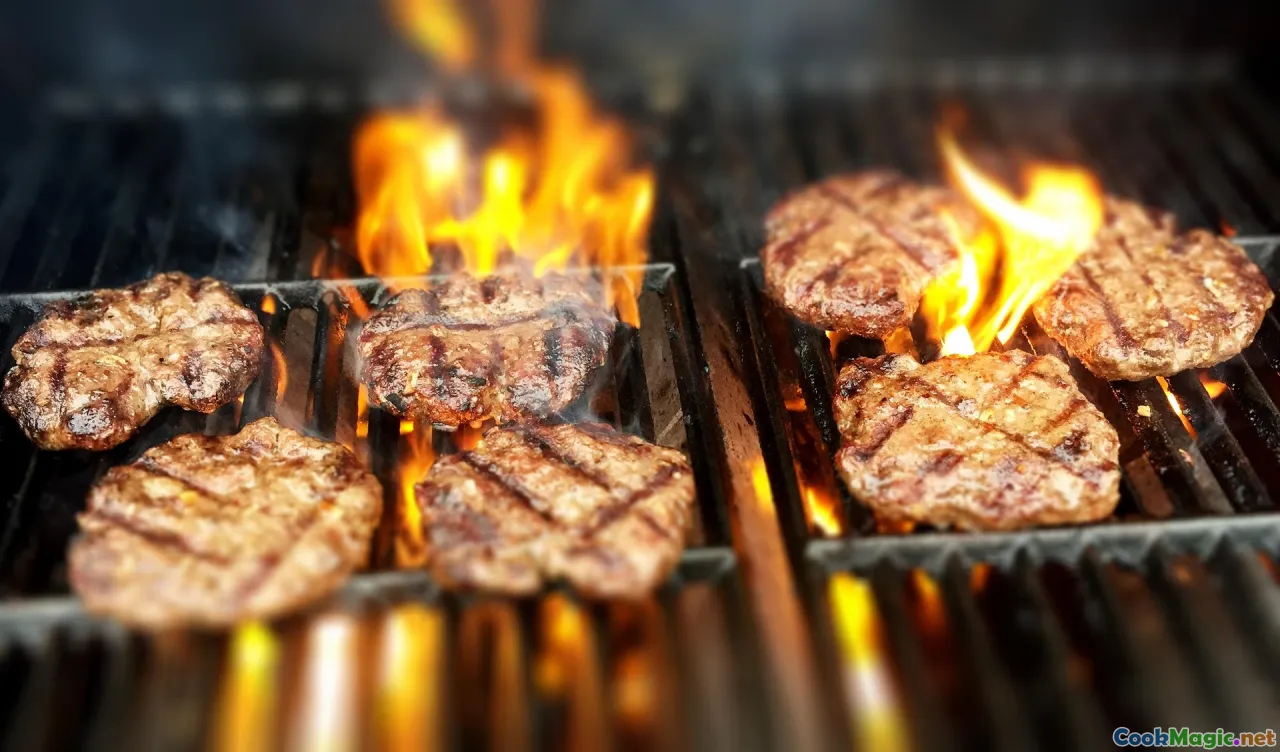
Creating authentic Dibi involves a series of precise, time-honed steps. It's a labor of love that transforms humble cuts of meat into gastronomic jewels:
- Selection of Meat: Traditionally, beef ribs or mutton chops are chosen for their balance of fat and lean meat, which guarantees tenderness and flavor.
- Marination: The meat is marinated for hours—or even overnight—in a mixture of garlic, ginger, local spices (such as black pepper, thyme, and cayenne), and sometimes a splash of citrus or vinegar. The marinade deepens the flavor and begins the tenderization.
- Preparation of the Grill: Open-air charcoal grills are standard, with hotspots created to manage different levels of heat. The charcoal’s smoky aroma infuses the meat, while wooden sticks or metal skewers offer easy handling.
- Grilling Rituals: The meat is cooked over high heat to sear, then moved to cooler sections to cook slowly and develop a crispy exterior. During grilling, vendors frequently baste the meat with a seasoned marinade or brush it with sauce made from local spices.
- Serving: Once perfectly charred, Dibi is served hot, often alongside attieke (a fermented cassava couscous), sliced onions, chili sauce, and a squeeze of lemon or lime.
The Sensory Experience: Taste, Smell, and Texture
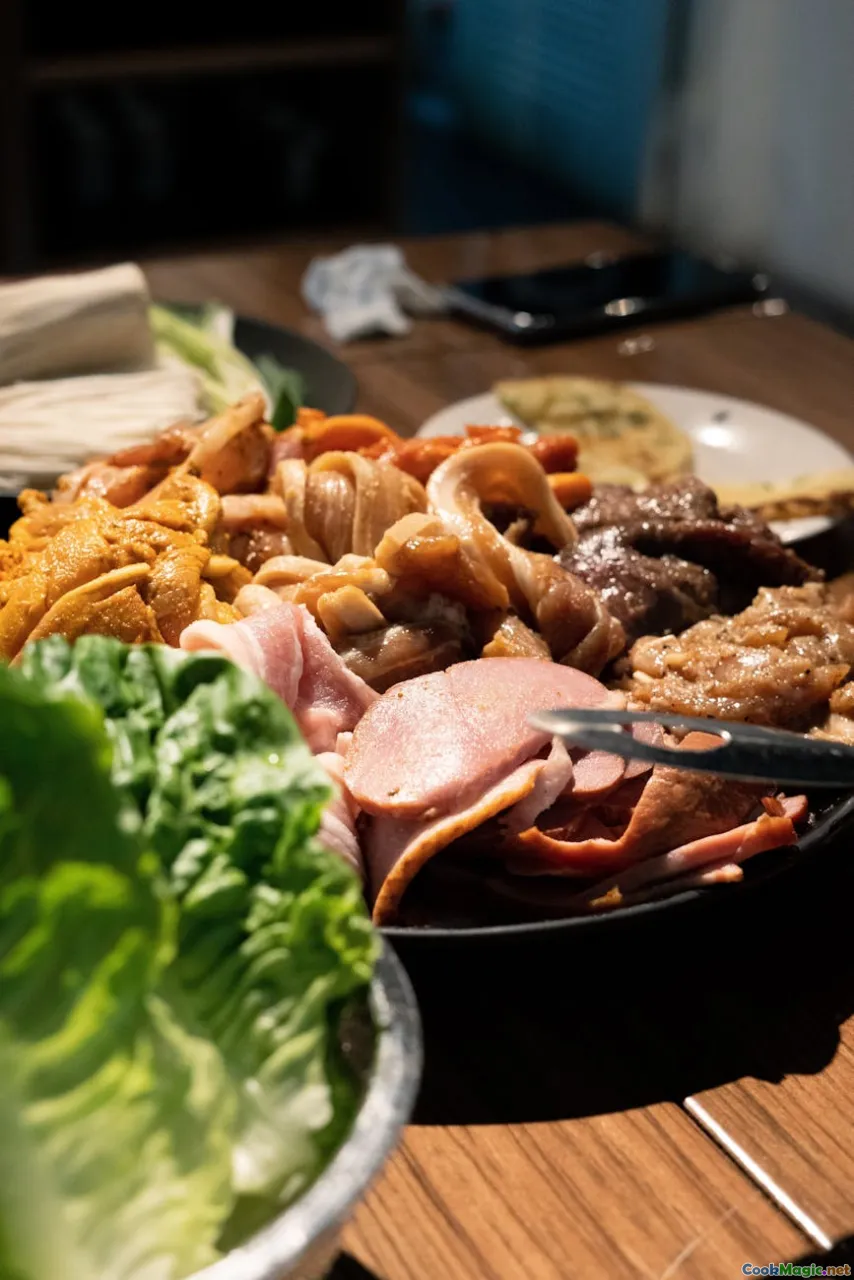
The first encounter with Dibi is visual: a glistening, caramelized crust embedded with bits of char, promising depth of flavor. As you bite into it, the tender, juicy meat melts in your mouth, releasing a smoky, spicy richness that hits all the right notes. The outer layer offers a satisfying crunch, while the interior remains moist and succulent. The aroma—the intoxicating scent of roasted garlic, pepper, and charcoal—is almost as captivating as the flavor itself. The contrast between the roasted meat’s crispy surface and the tender interior creates a textural symphony. Accompanying sauces intensify this experience—hot chili with a hint of vinegar cuts through the richness, chopping through fat and bringing balance. The attieke acts as a neutral yet subtly fermented base that absorbs the flavors of the marinade and sauces.
Well-Known Dakar Dibi Stalls: Icons of the Ritual
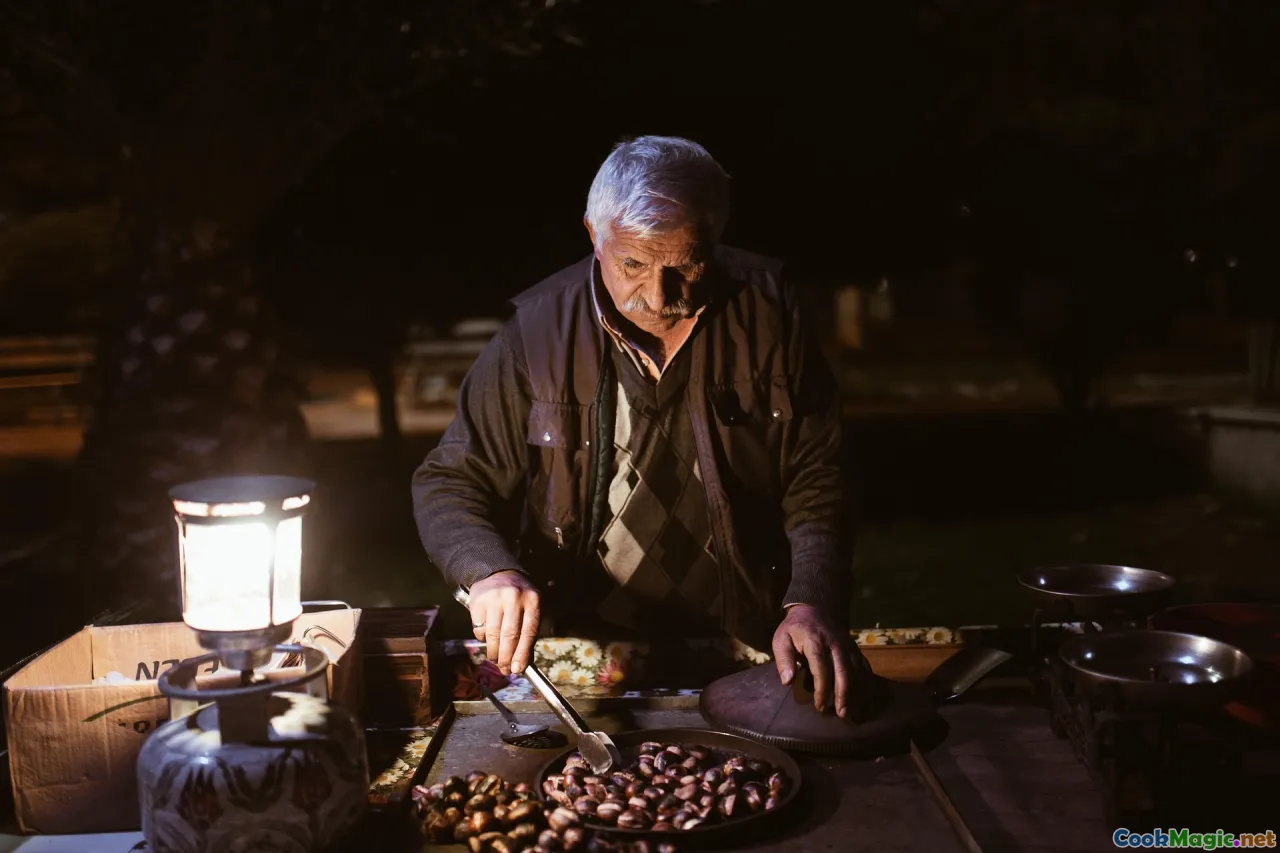
Dakar, Senegal’s bustling capital, is a treasure trove of history and culinary fervor, with certain Dibi stalls achieving legendary status. For example, La Paillotte, a longstanding venue in Sandaga Market, is renowned for its generous portions and secret spice blends. Its owner, Malick, has wielded his grill for over 30 years, turning each Dibi into a masterpiece. Another iconic stop is Le Dibi de Mame Diarra, famed for a special marinade that infuses the meat with a subtly sweet aroma thanks to a touch of honey and local herbs. Visiting these stalls isn’t just about eating; it’s about immersing oneself in generations of tradition, stories told over flames and laughter.
The Emotional Undertone: More Than Just a Meal

Eating Dibi at a Senegalese street stall is an emotionally charged experience. It’s about more than tasting delicious meat; it’s about community, celebration, and shared history. Chefs and patrons alike partake in a ritual where storytelling, music, and dance enhance the communal joy. Imagine the vibrant night ambiance—bright neon signs flickering, the rhythmic beat of drums in the background, and the smell of sizzling meat inviting everyone to participate. This shared ritual fosters a sense of belonging, reinforcing social bonds. Stories abound of families gathering after sunset to enjoy Dibi alongside fresh lâk (millet beer), singing traditional songs that honor ancestry and identity. These moments underscore the cultural importance of street food as an expression—living, breathing history in every bite.
Tips for Trying Dibi Outside Senegal: Bridging the Cultural Gap

While nothing quite compares to authentic Dakar Dibi, adventurous culinary explorers can bring a piece of Senegal into their own kitchens:
- Marinate generously: Use garlic, ginger, black pepper, paprika, and a splash of vinegar.
- High heat is key: Sear the meat over very hot coals or grill grates for that signature smoky exterior.
- Use wood chips: Soak in water and sprinkle over the coals for a deeper smoky flavor.
- Rest before serving: Let the meat relax for a few minutes to retain juices.
- Pair with culturally inspired sides: Serve with grilled vegetables, spicy sauces, or fermented starches like attieke or plantain.
The Spirit of Dibi: More Than a Culinary Technique
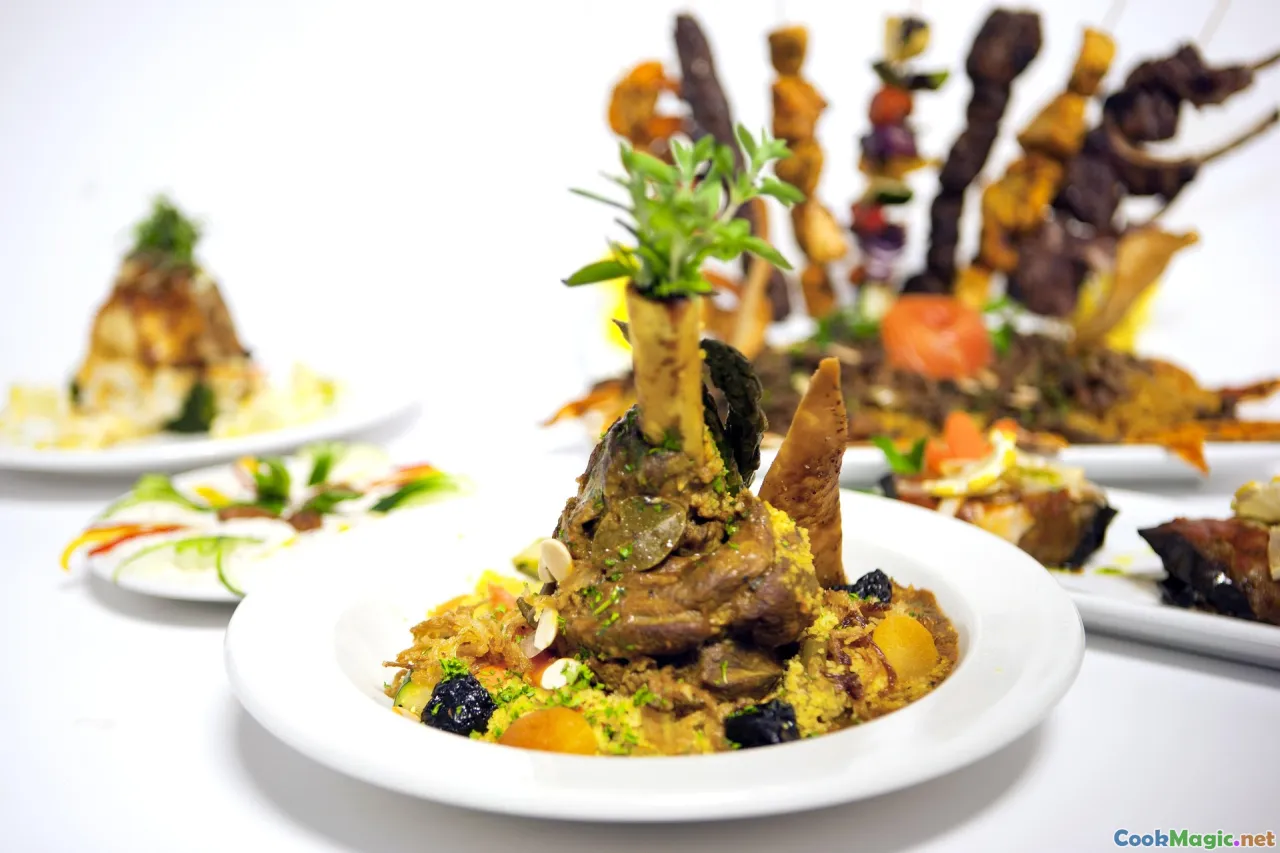
At its core, Senegalese Dibi embodies resilience and social harmony. Its grilling rituals are infused with generations of tradition—each skewered piece an homage to ancestors—created with a reverence for flavor and community. Whether enjoyed at a lively street corner in Dakar or recreated in a backyard, Dibi remains a testament to the power of street food to nurture cultural identity and communal bonds.
The next time you bite into a perfectly grilled Dibi, remember: it’s more than meat on a stick. It’s a cultural story told through fire, spice, and shared joy—a symbol of Senegal’s enduring spirit. And in every sizzle and char, you taste a piece of history, alive and fervent at the heart of a street food ritual that continues to evolve and thrive across generations.









